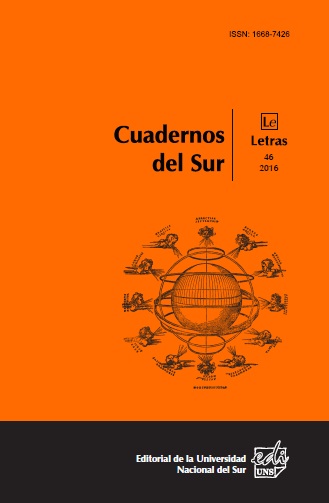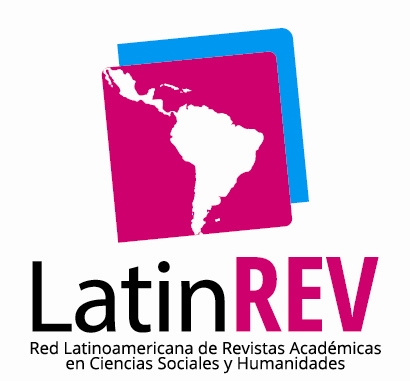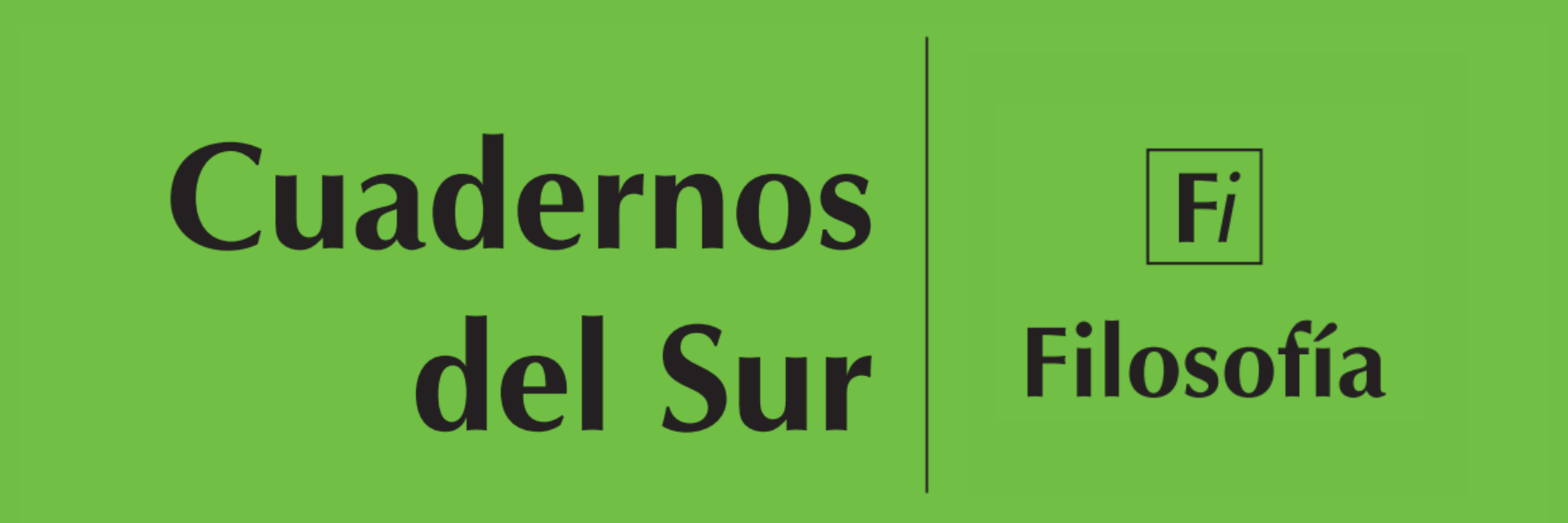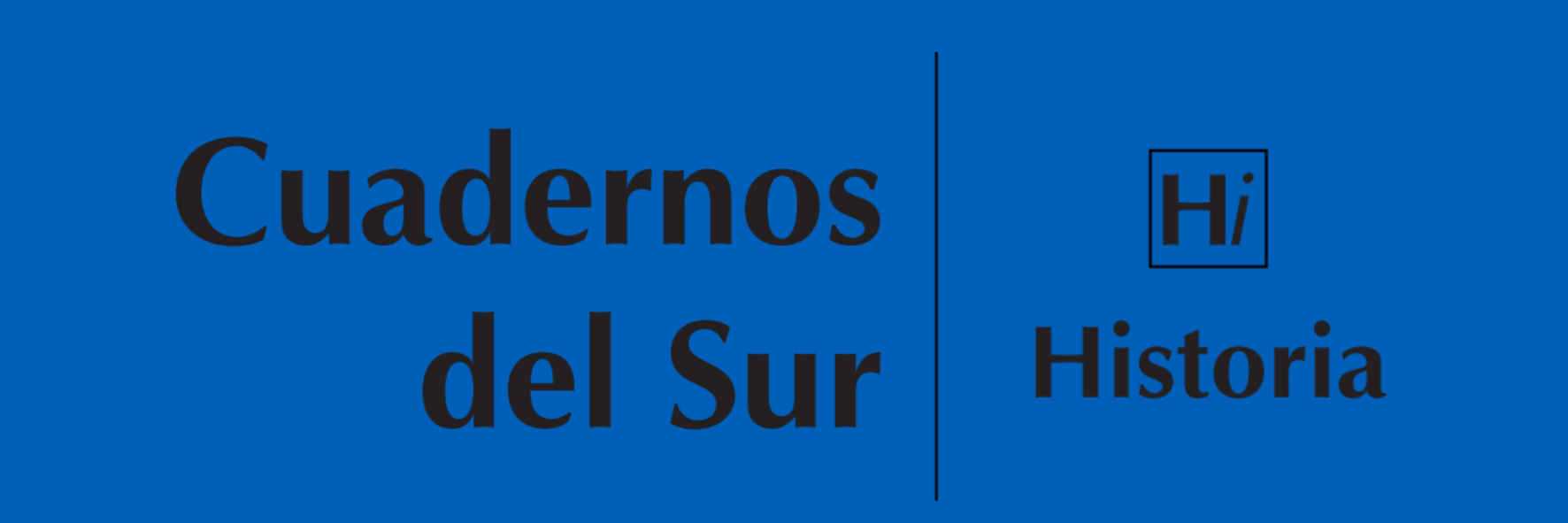El nonsense de Silvina Ocampo en “Cornelia frente al espejo”
Keywords:
Silvina Ocampo, Lewis Carroll, NonsenseAbstract
This work proposes an interpretation of Silvina Ocampo’s short story “Cornelia frente al espejo”, one of her less-read stories by specialized criticism, based on the decisive link this story shows with the forms of English nonsense. Besides rewriting some of the main carrollian topics and procedures, such as fragmentation, dreaming, mirroring and the problem of the lost identity, the story is organized according to the intrinsic incompleteness of literary nonsense, whose structure tends towards dissolution and undertakes an elusive movement in which, as soon as one believes to have found a sense, it is lost again.
From strict nonsense, as it has been called, in general terms, by the criticism (Kennedy, 1991), from the game with strict rules (Sewell, 1952), Ocampo goes, in a Deleuzian reading of Carroll, towards the game without rules, to the total dispersion. From the world of “pure logic” (Chesterton, 1901) to another one that threatens to demolish all logic notions, or at least, interferes them with a nonsensical voice. Thus, Ocampo’s narration, stretching the rope of logos to the limit, alters the notions of space, time, body, the self.
Downloads
References
Biancotto, Natalia (2013), “Avatares de la rareza. ‘Cornelia frente al espejo’, entre la literatura y el cine’”, mimeo.
----- (2014), “Los cuentos limerick de Silvina Ocampo”, mimeo.
Deleuze, Gilles (2008), Lógica del sentido, Buenos Aires, Paidós, [1969].
Kennedy, X. J. (2002), “Nonsense riguroso y nonsense fl exible: dos mundos de versos para niños”, Enlaces con la crítica, n° 6, junio-diciembre, pp. 2-10, [“Strict and Loose Nonsense”, School Library Journal, New York, vol. 37, n° 3, 1991].
Klingenberg, Patricia Nisbet (1999), Fantasies of the Feminine. The Short Stories of Silvina Ocampo, Londres, Associated University Presses.
Lozano, Manuel (1987), “El enigma Silvina Ocampo: la paradoja y lo sublime”, [disponible en http://www.eldiagoras.com/eom/2002/tierra08mlz08.htm, consultado 25 de septiembre de 2014].
Moreno, María (2013), Subrayados. Leer hasta que la muerte nos separe, Buenos Aires, Mar dulce.
Panesi, Jorge (2004), “El tiempo de los espejos: Silvina Ocampo”, en Orbis Tertius, n° 10, “Dossier Silvina Ocampo”, Centro de Estudios de Teoría y Crítica Literaria, Universidad Nacional de La Plata, pp. 93-100.
Podlubne, Judith (2011), Escritores de Sur. Los inicios literarios de José Bianco y Silvina Ocampo, Rosario, Beatriz Viterbo Editora-Universidad Nacional de Rosario.
----- (2013), “La visión de la infancia en los cuentos de Silvina Ocampo”, en Confluenze. Rivista di studi iberoamericani. Dipartimento di Lingue, Letterature e Culture Moderne, Università di Bologna, vol. 5, nº 2, pp. 97-106.
Sewell, Elizabeth (1952), The Field of Nonsense, Londres, Chato & Windus.
Tigges, Wim (1988), An anatomy of literary nonsense, Ámsterdam, Rodolpi B. V.
Tomassini, Graciela (1995), El espejo de Cornelia. La obra cuentística de Silvina Ocampo, Buenos Aires, Plus Ultra.
Ulla, Noemí (1981), “Silvina Ocampo”, en Historia de la literatura argentina, tomo 4, Buenos Aires, Centro Editor de América Latina, pp. 385-407.
----- (1997), “Relaciones asociativas en Cornelia frente al espejo”, en América. Cahiers du CRICCAL 17. Le fantastique argentin: Silvina Ocampo, Julio Cortázar, pp. 333-344.
Downloads
How to Cite
Issue
Section
License
Copyright (c) 2016 Cuadernos del Sur Letras

This work is licensed under a Creative Commons Attribution-NonCommercial-ShareAlike 4.0 International License.
Aquellos autores/as que tengan publicaciones con esta revista, aceptan los términos siguientes:
- Los autores/as conservarán sus derechos de autor y garantizarán a la revista el derecho de primera publicación de su obra, el cuál estará simultáneamente sujeto a la licencia Atribución-No Comercial 4.0 Internacional CC BY-NC 4.0.
- Los autores/as podrán adoptar otros acuerdos de licencia no exclusiva de distribución de la versión de la obra publicada (p. ej.: depositarla en un archivo telemático institucional o publicarla en un volumen monográfico) siempre que se indique la publicación inicial en esta revista.
- Se permite y recomienda a los autores/as difundir su obra a través de Internet (p. ej.: en archivos telemáticos institucionales o en su página web) una vez publicado su trabajo, lo cual puede producir intercambios interesantes y aumentar las citas de la obra publicada. (Véase El efecto del acceso abierto).










